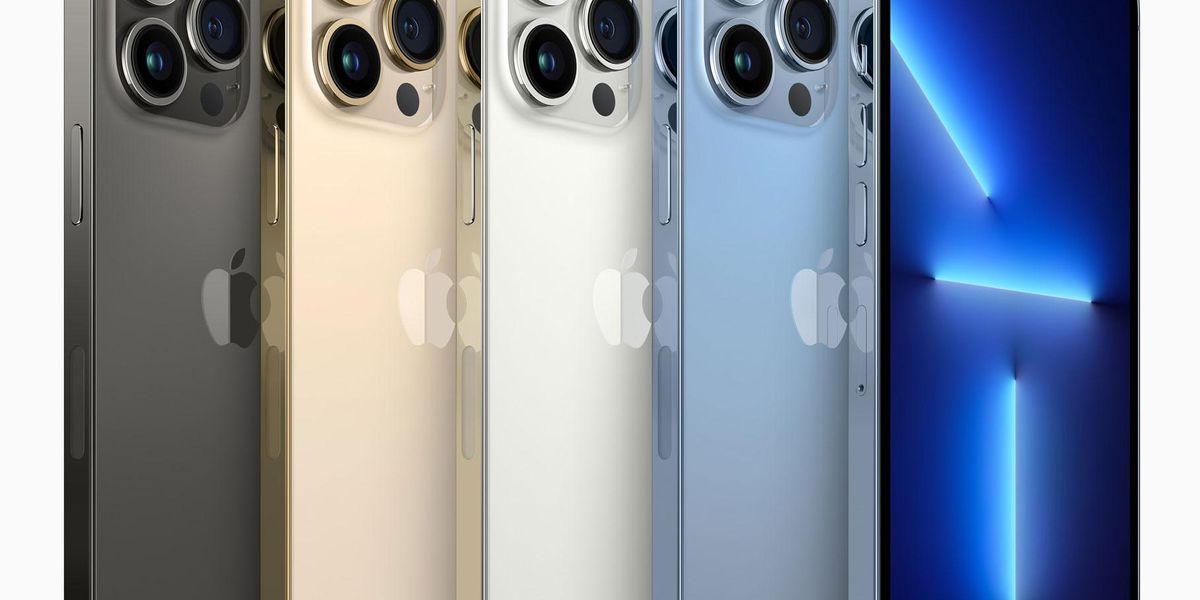I wish the manufacturers would take this seriously. There are many of us on the Reddit Sub PWM_Sensitive
I had never had trouble before, my first smartphone was Samsung Galaxy S2, then S5, the Note 7 until it was recalled and then the Note 8 (which I still have to use due to this eye strain, headache and feeling sick business.
Like I say I have never had this problem before, until I bough the Samsung Galaxy S22 Ultra, I has it for a matter of days and had to return it.
I'm too scared to get another flagship phone, the huge expense just to strain my eyes, give me a headache and make me feel sick. I'm told all phones have this and I will have the same trouble with another model, even brand, so is the Galaxy Note 8 my last smartphone?






